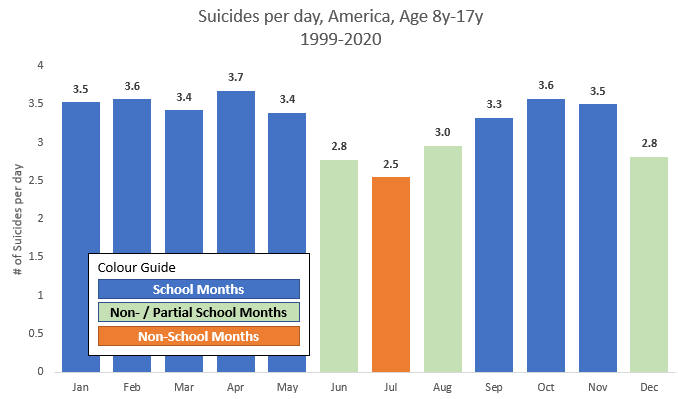
Saturday morning fun: Photography thread!
Let's have fun with different lenses, zoom, and framing!
I'll quickly teach how lens and focal length can make a huge difference.
#photography
Let's have fun with different lenses, zoom, and framing!
I'll quickly teach how lens and focal length can make a huge difference.
#photography

1/ This is the view from my balcony, (i love #Vancouver !!), and we're not gonna leave here, but our lesnes will take us all over. At 70mm, this is about "what the eye sees" in terms of zoom and detail. 

3/ To the south, Granville Island and the Sunset. We're gonna have some great photos here. At 70mm, you can really capture the "whole scene," without making the viewer feel small or insignificant. 

4/ Let's walk through zoom levels, so you can see how camera lens and focal length can REALLY CHANGE the types of photography and scenes you can capture.
Let's ZOOM OUT.
Let's ZOOM OUT.
5/ At 14mm, we're basically "ultra-wide-angle." This can be really helpful for landscape (realtors can use it to make rooms seem bigger, because it really stretches out the corners). In exteriors, however, it makes everything seem small. 

6/ At 24mm.
You can see the fire trucks... I guess... but without the framing of a zoom, there is nothing to draw your eye there. Basically, it feels like just another city shot, despite there being a CAR THAT WAS ON FIRE in the intersection.
You can see the fire trucks... I guess... but without the framing of a zoom, there is nothing to draw your eye there. Basically, it feels like just another city shot, despite there being a CAR THAT WAS ON FIRE in the intersection.

7/ 50mm is often called "the nifty fifty" because of its versatility. It's great for portraits, landscapes, urban shots, and pretty much everything in between, and the lenses are often the smallest and most portable.
Check out the variety of what you can do at 50mm:



Check out the variety of what you can do at 50mm:




8/ Let's start zooming in, where *Framing* (making sure the thing you want highlight is properly placed in the photo) becomes important.
This is the sea at 150mm.
You can't even see any buildings, and I've hidden all of my balcony obstructions. Right down the middle.
This is the sea at 150mm.
You can't even see any buildings, and I've hidden all of my balcony obstructions. Right down the middle.

9/ At 200mm, I start to be able to choose to focus on very specific subjects in the distance. Looking out to sea, I can choose between the penninsula or the open ocean. Here, I chose the penninsula. 

10/ At this zoom, I can more easily draw your eye precisely to the thing I want you to see. It's pretty hard to not see the incident now! 

11/ At 400mm, I actually have to choose! Do you want to see the car that was on fire? or the fire truck? 



12/ 600mm!
Now this is when you can be creative even from one point. The next photos will all be from one spot on my balcony, at 600mm, fully zoomed in. Each has its own focus and theme, and I can completely direct what is framed and what your eye will see likely be drawn to.
Now this is when you can be creative even from one point. The next photos will all be from one spot on my balcony, at 600mm, fully zoomed in. Each has its own focus and theme, and I can completely direct what is framed and what your eye will see likely be drawn to.
14/ "Stop Speeding, You Don't Look as Cool as You Think"
by Tyler Black, 2021
(and yes, he was significantly speeding, and yes, at 600mm I fully have his license plate information)
by Tyler Black, 2021
(and yes, he was significantly speeding, and yes, at 600mm I fully have his license plate information)

23/ For all you photographers out there, get creative with those zooms! Use your lens as a tool to frame your subjects, and recognize that there are always opportunities to work on this hobby :)
Share YOUR favourite zoom/lens differences with me! "same spot, different look"
Share YOUR favourite zoom/lens differences with me! "same spot, different look"

• • •
Missing some Tweet in this thread? You can try to
force a refresh























